Audi Q5 vs Hyundai IONIQ 5 – Which car suits you better?
Everyday use, family trips or long-distance drives – here’s where the differences show.
Discover whether Audi Q5 or Hyundai IONIQ 5 fits your lifestyle better.
Costs and Efficiency: Price and efficiency are often the first things buyers look at. Here it becomes clear which model has the long-term edge – whether at the pump, the plug, or in purchase price.
Hyundai IONIQ 5 has a to a small extent advantage in terms of price – it starts at 38500 £, while the Audi Q5 costs 44800 £. That’s a price difference of around 6343 £.
As for range, the Hyundai IONIQ 5 performs convincingly better – achieving up to 570 km, about 470 km more than the Audi Q5.
Engine and Performance: Power, torque and acceleration say a lot about how a car feels on the road. This is where you see which model delivers more driving dynamics.
When it comes to engine power, the Hyundai IONIQ 5 has a decisively edge – offering 650 HP compared to 367 HP. That’s roughly 283 HP more horsepower.
In acceleration from 0 to 100 km/h, the Hyundai IONIQ 5 is evident quicker – completing the sprint in 3.50 s, while the Audi Q5 takes 4.50 s. That’s about 1 s faster.
In terms of top speed, the Hyundai IONIQ 5 performs hardly perceptible better – reaching 260 km/h, while the Audi Q5 tops out at 250 km/h. The difference is around 10 km/h.
There’s also a difference in torque: Hyundai IONIQ 5 pulls distinct stronger with 770 Nm compared to 550 Nm. That’s about 220 Nm difference.
Space and Everyday Use: Whether family car or daily driver – which one offers more room, flexibility and comfort?
Both vehicles offer seating for 5 people.
In curb weight, Audi Q5 is slight lighter – 1910 kg compared to 1955 kg. The difference is around 45 kg.
Boot capacity is identical – both offer 520 L of storage.
In maximum load capacity, the Hyundai IONIQ 5 performs hardly perceptible better – up to 1580 L, which is about 107 L more than the Audi Q5.
When it comes to payload, Audi Q5 slight takes the win – 565 kg compared to 530 kg. That’s a difference of about 35 kg.
Who comes out on top?
Overall, the Hyundai IONIQ 5 shows itself to be is largely superior and secures the title of DriveDuel Champion.
It convinces with the more balanced overall package and proves to be the more versatile choice for everyday use.
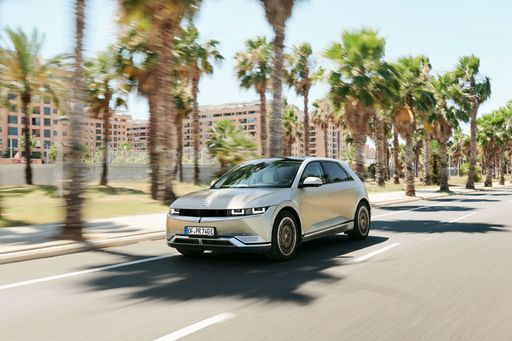
Hyundai IONIQ 5
Audi Q5
The Audi Q5 exudes a perfect blend of luxury and performance, making it a standout in the competitive SUV market. Its elegant design is complemented by a spacious and meticulously crafted interior, providing both comfort and functionality for drivers and passengers alike. With advanced technology and a range of powerful engines, the Q5 effortlessly combines driving pleasure with practicality for everyday use.
details @ audi-mediacenter.com
@ audi-mediacenter.com
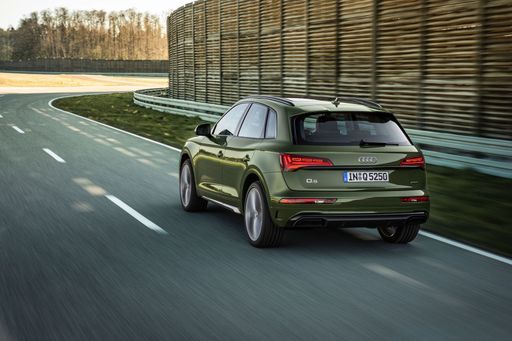 @ audi-mediacenter.com
@ audi-mediacenter.com
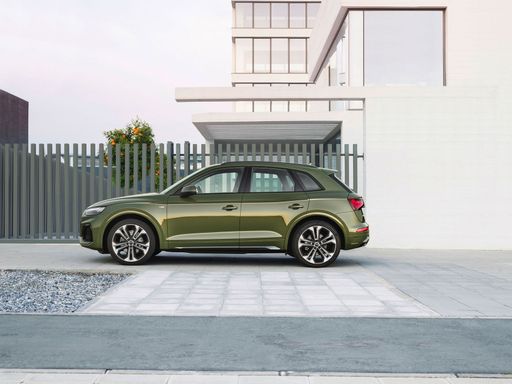 @ audi-mediacenter.com
@ audi-mediacenter.com
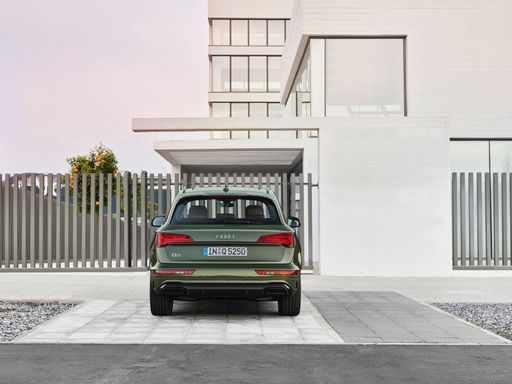 @ audi-mediacenter.com
@ audi-mediacenter.com
 @ audi-mediacenter.com
@ audi-mediacenter.com
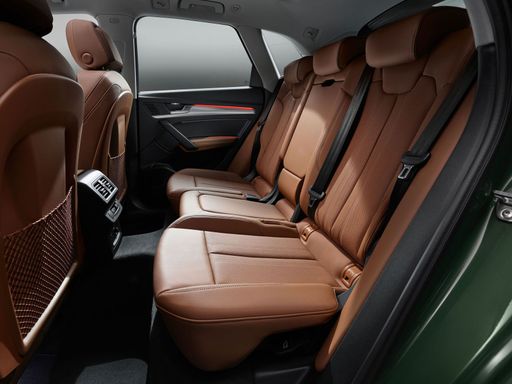 @ audi-mediacenter.com
@ audi-mediacenter.com
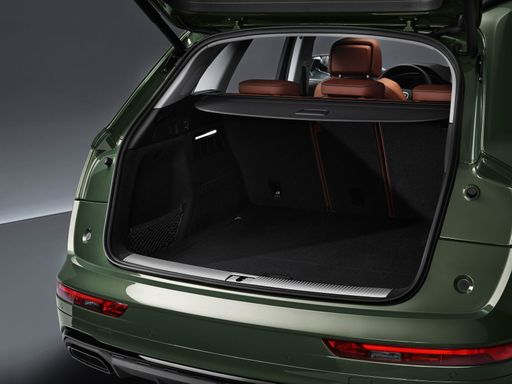 @ audi-mediacenter.com
@ audi-mediacenter.com
Hyundai IONIQ 5
The Hyundai IONIQ 5 showcases a bold and futuristic design that captures attention with its striking facade and sharp lines. This electric vehicle offers an impressive blend of performance and efficiency, making it a compelling choice for environmentally conscious drivers. Inside, the spacious and tech-forward interior provides a comfortable and engaging driving experience for both driver and passengers.
details @ hyundai.news
@ hyundai.news
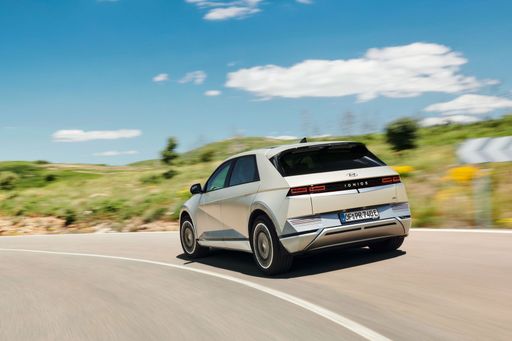 @ hyundai.news
@ hyundai.news
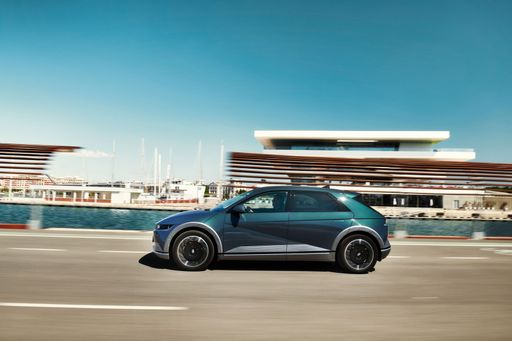 @ hyundai.news
@ hyundai.news
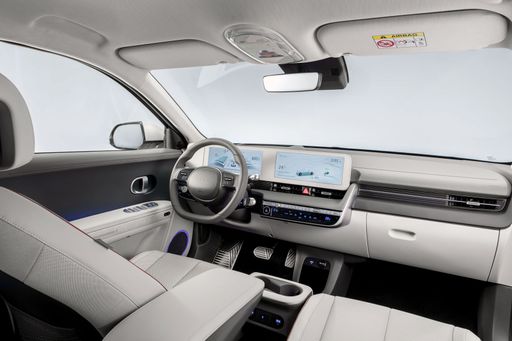 @ hyundai.news
@ hyundai.news
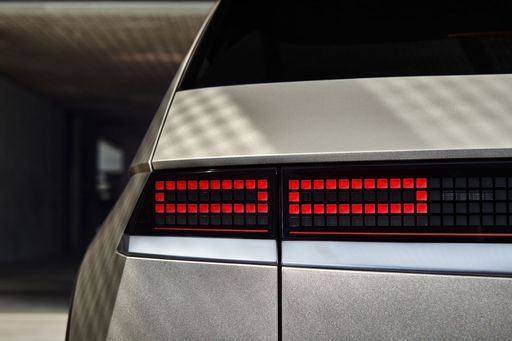 @ hyundai.news
@ hyundai.news

|

|
|
|
|
Costs and Consumption |
|
|---|---|
|
Price
44800 - 78900 £
|
Price
38500 - 64200 £
|
|
Consumption L/100km
2.5 - 8.3 L
|
Consumption L/100km
-
|
|
Consumption kWh/100km
-
|
Consumption kWh/100km
15.6 - 21.2 kWh
|
|
Electric Range
92 - 100 km
|
Electric Range
440 - 570 km
|
|
Battery Capacity
20.70 kWh
|
Battery Capacity
63 - 84 kWh
|
|
co2
56 - 189 g/km
|
co2
0 g/km
|
|
Fuel tank capacity
55 - 65 L
|
Fuel tank capacity
-
|
Dimensions and Body |
|
|---|---|
|
Body Type
SUV
|
Body Type
SUV
|
|
Seats
5
|
Seats
5
|
|
Doors
5
|
Doors
5
|
|
Curb weight
1910 - 2245 kg
|
Curb weight
1955 - 2275 kg
|
|
Trunk capacity
433 - 520 L
|
Trunk capacity
480 - 520 L
|
|
Length
4717 mm
|
Length
4655 - 4715 mm
|
|
Width
1900 mm
|
Width
1890 - 1940 mm
|
|
Height
1647 - 1656 mm
|
Height
1585 - 1605 mm
|
|
Max trunk capacity
1300 - 1473 L
|
Max trunk capacity
1540 - 1580 L
|
|
Payload
490 - 565 kg
|
Payload
385 - 530 kg
|
Engine and Performance |
|
|---|---|
|
Engine Type
Plugin Hybrid, Petrol MHEV, Diesel MHEV
|
Engine Type
Electric
|
|
Transmission
Automatic
|
Transmission
Automatic
|
|
Transmission Detail
Dual-Clutch Automatic
|
Transmission Detail
Reduction Gearbox
|
|
Drive Type
All-Wheel Drive, Front-Wheel Drive
|
Drive Type
Rear-Wheel Drive, All-Wheel Drive
|
|
Power HP
204 - 367 HP
|
Power HP
170 - 650 HP
|
|
Acceleration 0-100km/h
4.5 - 8.6 s
|
Acceleration 0-100km/h
3.5 - 8.5 s
|
|
Max Speed
226 - 250 km/h
|
Max Speed
185 - 260 km/h
|
|
Torque
340 - 550 Nm
|
Torque
350 - 770 Nm
|
|
Number of Cylinders
4 - 6
|
Number of Cylinders
-
|
|
Power kW
150 - 270 kW
|
Power kW
125 - 478 kW
|
|
Engine capacity
1968 - 2995 cm3
|
Engine capacity
-
|
General |
|
|---|---|
|
Model Year
2025
|
Model Year
2024
|
|
CO2 Efficiency Class
B, E, F, G
|
CO2 Efficiency Class
A
|
|
Brand
Audi
|
Brand
Hyundai
|
What drivetrain options does the Audi Q5 have?
The Audi Q5 is available as All-Wheel Drive or Front-Wheel Drive.
The prices and data displayed are estimates based on German list prices and may vary by country. This information is not legally binding.
